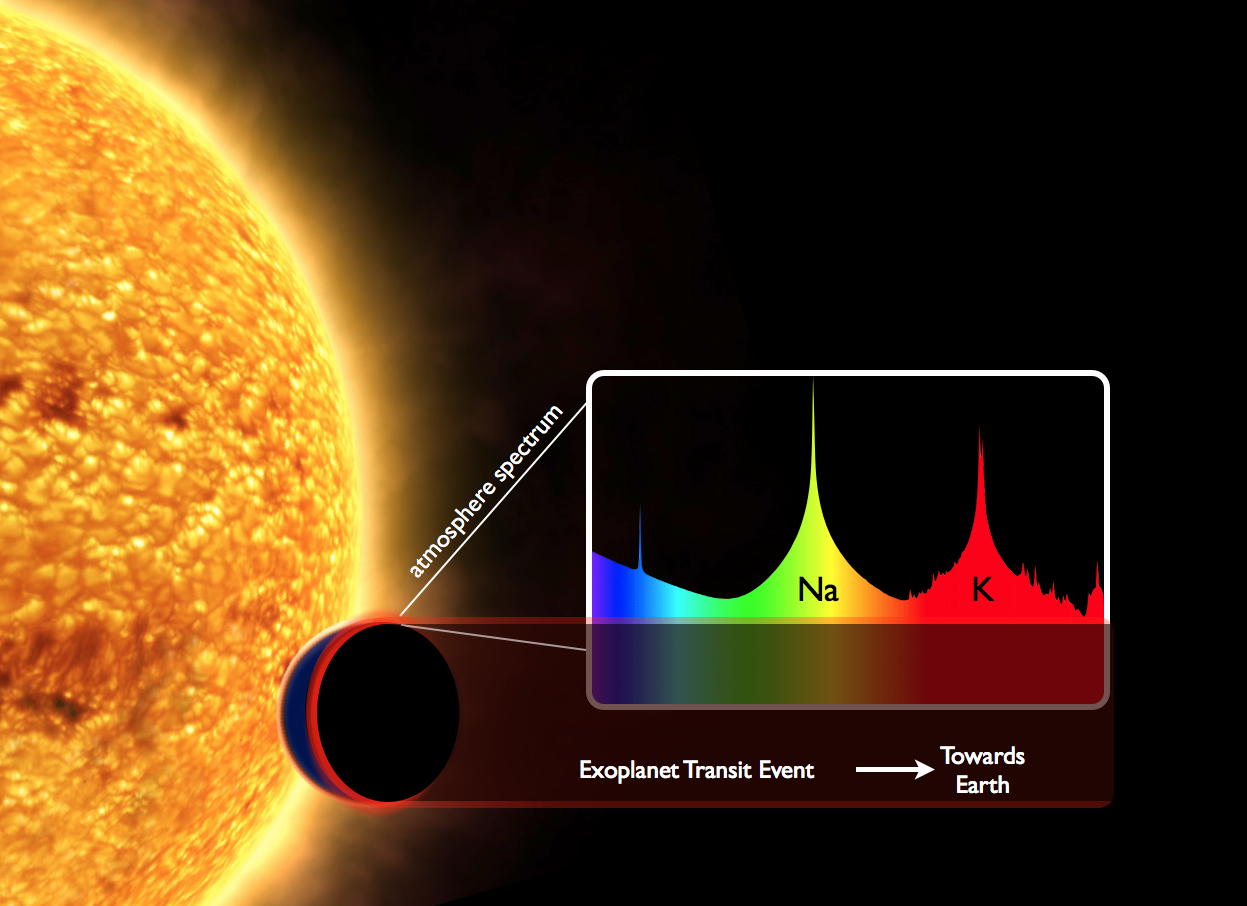Probing potassium in the atmosphere of HD 80606b with tunable filter transit spectrophotometry from the Gran Telescopio Canarias
Abstract
We report observations of HD 80606 using the 10.4-m Gran Telescopio Canarias (GTC) and the OSIRIS tunable filter imager. We acquired very-high-precision, narrow-band photometry in four bandpasses around the K I absorption feature during the January 2010 transit of HD 80606b and during out-of-transit observations conducted in January and April of 2010. We obtained differential photometric precisions of ~2.08e-4 for the in-transit flux ratio measured at 769.91-nm, which probes the K I line core. We find no significant difference in the in-transit flux ratio between observations at 768.76 and 769.91 nm. Yet, we find a difference of ~8.09 +/- 2.88e-4 between these observations and observations at a longer wavelength that probes the K I wing (777.36 nm). While the presence of red noise in the transit data has a non-negligible effect on the uncertainties in the flux ratio, the 777.36-769.91 nm colour during transit shows no effects from red noise and also indicates a significant colour change, with a mean value of ~8.99+/-0.62e-4. This large change in the colour is equivalent to a ~4.2% change in the apparent planetary radius with wavelength, which is much larger than the atmospheric scale height. This implies the observations probed the atmosphere at very low pressures as well as a dramatic change in the pressure at which the slant optical depth reaches unity between ~770 and 777 nm. We hypothesize that the excess absorption may be due to K I in a high-speed wind being driven from the exoplanet’s exosphere. We discuss the viability of this and alternative interpretations, including stellar limb darkening, starspots, and effects from Earth’s atmosphere. We strongly encourage follow-up observations of HD 80606b to confirm the signal measured here. Finally, we discuss the future prospects for exoplanet characterization using tunable filter spectrophotometry.
 When an exoplanet transits across the face of its host star atoms and gases in its atmosphere absorb some of the starlight at specific wavelengths. These absorption wavelengths form a unique fingerprint, allowing researchers to identify the presence of Potassium.
When an exoplanet transits across the face of its host star atoms and gases in its atmosphere absorb some of the starlight at specific wavelengths. These absorption wavelengths form a unique fingerprint, allowing researchers to identify the presence of Potassium.
 Photograph of Gran Telescopio Canarias by Pablo Bonet.
Photograph of Gran Telescopio Canarias by Pablo Bonet.
Press Coverage
- Potasio exoplanetario: Eureka (Spanish blog), September 7, 2010.
- New Technique Finds Gaseous Metals in Exoplanet Atmospheres: Wired Science, August 31, 2010.
- The GTC's OSIRIS instrument make first detection of the presence of potassium on planets outside our solar system: Instituto de Astrofisica de Canarias Press Release (Spanish only), September, 1, 2010.
- With new technique, UF astronomers find potassium in giant planet's atmosphere: UF Press Release, August 31, 2010.
- Atmosphere of Far Worlds Probed with New Technique and Large Telescope: Penn State University, August 31, 2010.
- Breakthrough in the study of far-off planet atmospheres: Exeter University Press Release, August 31, 2010.
See also the companion paper GTC OSIRIS Transiting Exoplanet Atmospheric Survey: Detection of potassium in XO-2b from spectrophotometry.